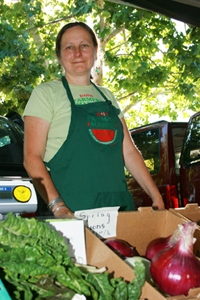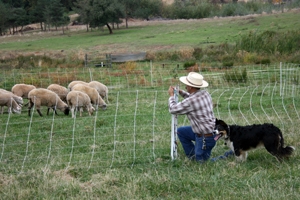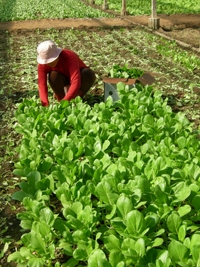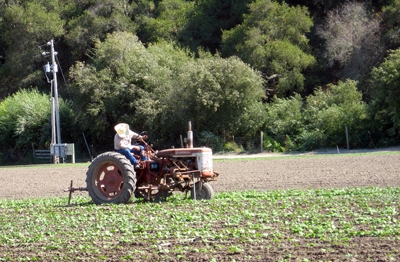
Quick quiz: What do you think makes a farmer "small"?
- acres: owning just a few
- ownership: no corporations, just a family or at least someone you know
- profit: can’t make enough to get bigger
- height: no taller than 5'2"

But I digress. None of the options above officially make a small-scale farmer, though the first three are popular ways of thinking about the issue.
The official answer: According to the USDA definition, a small farmer is defined as one that grows and sells between $1,000 and $250,000 per year in agricultural products.
Using USDA's definition and their most recent Census of Agriculture, about 86 percent of California’s commercials farms are small. That’s 54,342 small farms!
But the UC Small Farm Program — and many others — frequently work with a looser definition. Small-scale farmers can certainly include those defined by USDA. But they also include many other farmers who are outside of mainstream agriculture, and those not reached by traditional Cooperative Extension programs.
These farmers could include:

- ethnic minority farmers, especially those who do not speak English (or Spanish)
- farmers with limited resources (another USDA definition)
- hobby farmers, retirement farmers, lifestyle farmers
- those who sell directly to consumers — through farmers markets, CSAs and other marketing channels not part of the traditional, wholesale distribution chain
- those who do not monocrop, including those who grow vegetables or fruits while also raising livestock
When we talk about small-scale farmers, we frequently mean those farmers who cannot compete on low prices alone.
Economies of size and scale can help larger farmers offer their products at lower prices, which is one way to compete in the marketplace. But small-scale farmers must find other ways to distinguish themselves — through flavor, timing, quality, variety, market outlet, personality and other values.
Do you know any small-scale farmers? What sets them apart?
